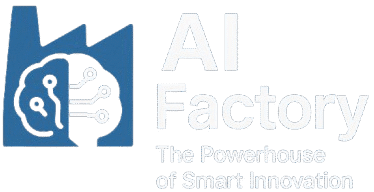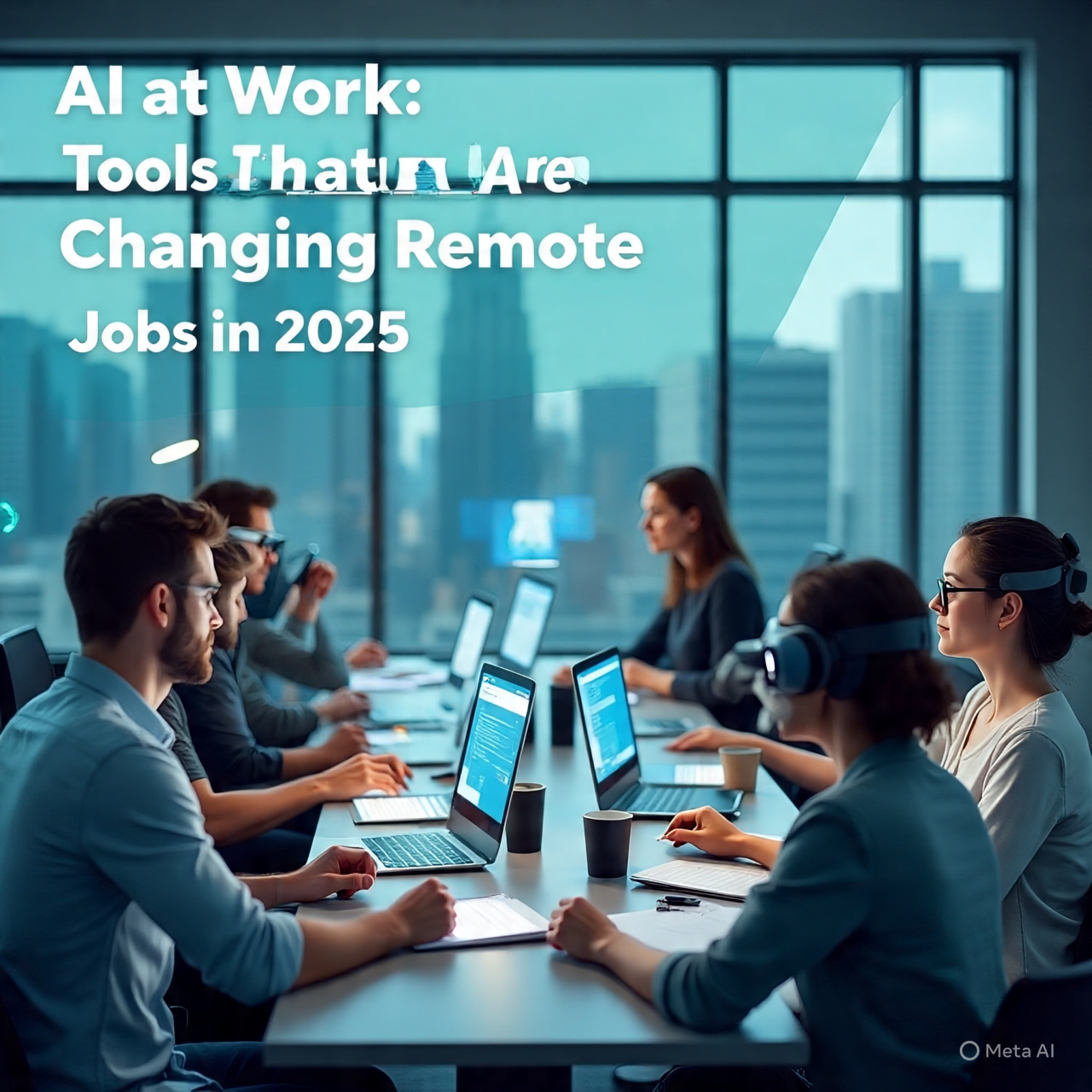Introduction: How AI is Transforming Remote Work in 2025
Welcome to the future of work—where artificial intelligence isn’t just a buzzword but a daily partner in productivity. In 2025, AI at work is reshaping the way we approach remote jobs, making tasks faster, decisions smarter, and work-life balance more achievable. From virtual assistants to intelligent project managers, AI-powered tools are at the heart of this revolution. In this article, we’ll dive deep into the tools that are making waves in the remote job market this year.
Background: Why Remote Work Needed AI
The rise of remote work began out of necessity during the global pandemic, but it quickly evolved into a preferred way of working for millions. As teams spread across the globe, new challenges emerged—time zone differences, communication barriers, productivity tracking, and burnout. Enter AI: a solution not just to patch problems but to rethink remote work entirely.
In 2025, AI does much more than automate routine tasks. It enhances decision-making, personalizes workflows, and offers insights that were once only available to large enterprises with deep analytics teams. Whether you’re a freelancer, a startup founder, or part of a global enterprise, AI is changing your remote work toolkit.
Comparison: Top AI Tools for Remote Work in 2025
| Tool | Best For | AI Features | Platform | Price (Starting) |
|---|---|---|---|---|
| Notion AI | Documentation & Collaboration | Auto-summarization, content generation, task suggestions | Web, Desktop, Mobile | $10/mo |
| Motion | Task & Calendar Management | Smart scheduling, prioritization, calendar AI | Web, iOS | $19/mo |
| Otter.ai | Meeting Notes & Transcriptions | Real-time transcription, speaker ID, summary | Web, Mobile | $8.33/mo |
| Fireflies.ai | Voice Collaboration | Automated meeting notes, AI-generated tasks | Web, Zoom, Teams | $10/mo |
| ClickUp AI | Project Management | Task automation, summary, smart suggestions | Web, Desktop, Mobile | $7/mo |
Key Features and Benefits of AI Tools in Remote Work
1. Time-Saving Automation
AI automates repetitive tasks like scheduling, data entry, and document creation. Tools like Motion and ClickUp AI ensure you spend less time planning and more time executing.
2. Smarter Communication
Real-time transcription and summarization from Otter.ai and Fireflies.ai mean you’ll never miss a meeting detail again. Plus, language models help bridge communication gaps across borders.
3. Personalized Productivity
AI learns your work habits and suggests optimal work times, breaks, or task priorities—maximizing efficiency while reducing burnout.
4. Enhanced Collaboration
Notion AI allows for collaborative document creation, with smart editing and brainstorming tools that make remote teamwork feel seamless.
5. Data-Driven Decision Making
AI tools provide insights from your work data—identifying bottlenecks, recommending improvements, and predicting outcomes.
Pros and Cons of Using AI in Remote Jobs
Pros
- Increases productivity and efficiency
- Reduces administrative overhead
- Supports asynchronous communication
- Enhances team collaboration
- Provides 24/7 support and task assistance
Cons
- Risk of over-dependence on automation
- Privacy and data security concerns
- Learning curve for some platforms
- Potential job displacement fears
Use Cases: Who Should Use These AI Tools?
Remote Teams
Distributed teams benefit from centralized task management, automatic updates, and improved meeting documentation.
Freelancers & Creators
AI tools assist with brainstorming, content generation, deadline tracking, and client communication—boosting solo productivity.
Managers & Executives
AI dashboards offer real-time insights into project status, team performance, and help optimize resources.
Customer Support
AI-powered chatbots and CRM integrations reduce wait times and provide smart responses without human intervention.
HR & Recruiters
AI filters resumes, schedules interviews, and even assesses candidate communication styles for cultural fit.
FAQs: AI at Work and Remote Jobs in 2025
1. What are the best AI tools for remote work in 2025?
Top AI tools include Notion AI, Motion, Otter.ai, Fireflies.ai, and ClickUp AI. Each serves a different niche—from scheduling to documentation and project management.
2. How does AI help in managing remote teams?
AI helps by automating task assignment, tracking progress, generating reports, and facilitating better communication among remote members.
3. Is it safe to use AI tools for sensitive work tasks?
Most reputable AI platforms offer end-to-end encryption and adhere to global data privacy regulations. However, always check the tool’s compliance with GDPR or other standards before use.
4. Can AI replace human roles in remote jobs?
AI is more about augmentation than replacement. It takes over mundane tasks so humans can focus on strategic and creative efforts.
5. How do I choose the right AI tool for my work?
Consider your role, daily tasks, and team size. Evaluate tools based on features, ease of use, integration options, and pricing before committing.
Conclusion: Embracing the AI-Powered Remote Workspace
AI at work in 2025 is not about replacing jobs—it’s about empowering people to work smarter, not harder. Remote work has found a true partner in AI, solving long-standing challenges and opening doors to more efficient, engaging, and balanced work lives. Whether you’re managing global teams or juggling freelance gigs, there’s an AI tool out there designed to elevate your game.
Final Verdict: What’s the Best AI Tool for Remote Workers?
There’s no one-size-fits-all, but here’s our recommendation:
- Best for Creators & Writers: Notion AI
- Best for Task Management: Motion
- Best for Meetings: Otter.ai or Fireflies.ai
- Best Overall Productivity Suite: ClickUp AI
Ultimately, the right AI tool is the one that fits seamlessly into your workflow and empowers you to do your best work—wherever you are.

